When the lake by her birch-log cabin froze solid in winter, my friend Anne Disrude would sometimes build a camp fire on it, and haul out comfortable chairs so we could sit around it in the cold evening magic. I suppose that is what restaurateurs in cold cities are trying to achieve with portable heaters in the makeshift shelters they’ve devised since indoor dining got banned due to coronavirus: enough heat to keep you enjoying things despite the frigid temperatures.
But a camp fire, or heaters, or a cozy ice-fishing shack still require us being dressed properly if we’re going to stave off cold for a decent amount of time. And that is especially true for cold-sensitive people like me trying to formulate viable strategies to meet dear, sorely missed friends and hang out outside, whether at a restaurant or on a park bench.
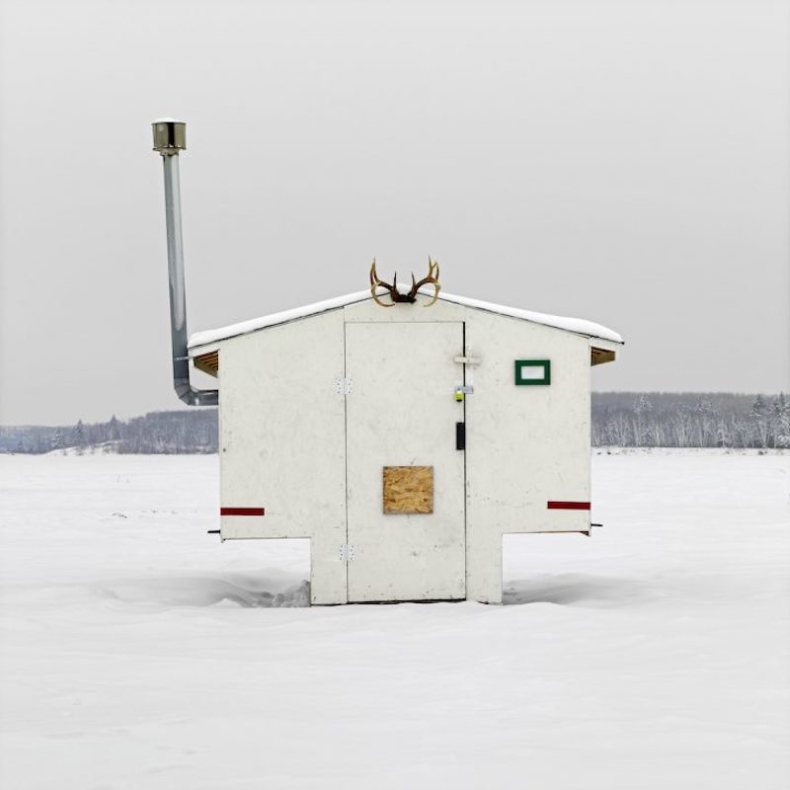
So I am taking to heart the advice I found in Bloomberg’s surprising, mightily-informative How to Socialize in the Cold Without Being Miserable. It quotes Scott Oeth, who loves to sleep under the stars on top of a frozen lake at the Boundary Waters nature preserve near the Minnesota-Canadian barrier. He is also the founder of Bull Moose Patrol, which guides people on year-round excursions in the woods of Minnesota, Wisconsin, Michigan, and other northern climes, instructor for the Boy Scouts’ Cold Weather Leader program and certified Maine guide.
Here is the gist, thought the full article is well worth reading for Heat Loss 101. (Photographs of ice shacks are by Richard Johnson from the astonishing A Topological Study of Ice Huts at Ignant.)
The two essential principles:
It’s easier to stay warm than to get warm.
The key to staying warm is… just retain that heat.
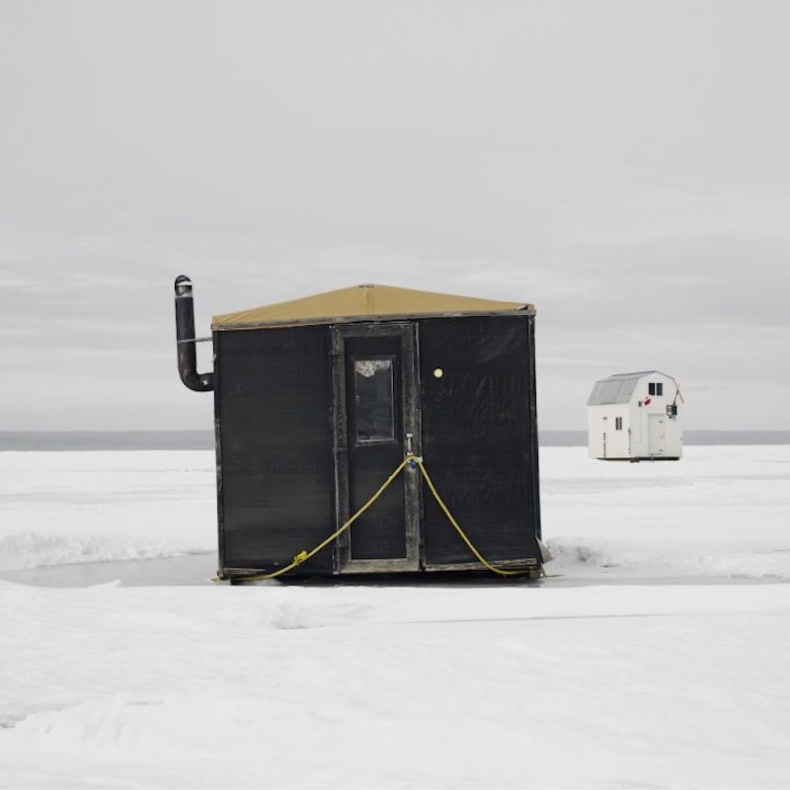
To retain heat, you need to dress properly for cold:
You’ll want clothing to be loose to allow for good blood flow, and layered so you can adjust the amount of insulation as the weather and your comfort level changes. But don’t just pack on sweaters:
The innermost layer should help wick moisture — think thermal underwear — while the middle, insulating ones can be fleece, cotton or wool to trap in heat. (Note that cotton, unlike wool, loses its insulating properties when damp.)
The outer layer should block the wind, rain and snow. “Every time there’s a gust of wind, it’s just going to steal that bubble of warm air you’re trying to create,” Oeth says. Even a thin nylon shell can make a big difference.Those basic principles also apply to our hands and feet, which are usually the first to go cold. Wear more than one pair of gloves, adding big mittens over top for extra warmth. And with socks, consider a thin liner to wick moisture and a thicker wool sock over it. Insoles help mitigate heat loss through conduction by creating an extra barrier between the bottom of your feet and the cold ground. But be sure all that layering doesn’t restrict blood flow.
Wear a hat and a scarf!
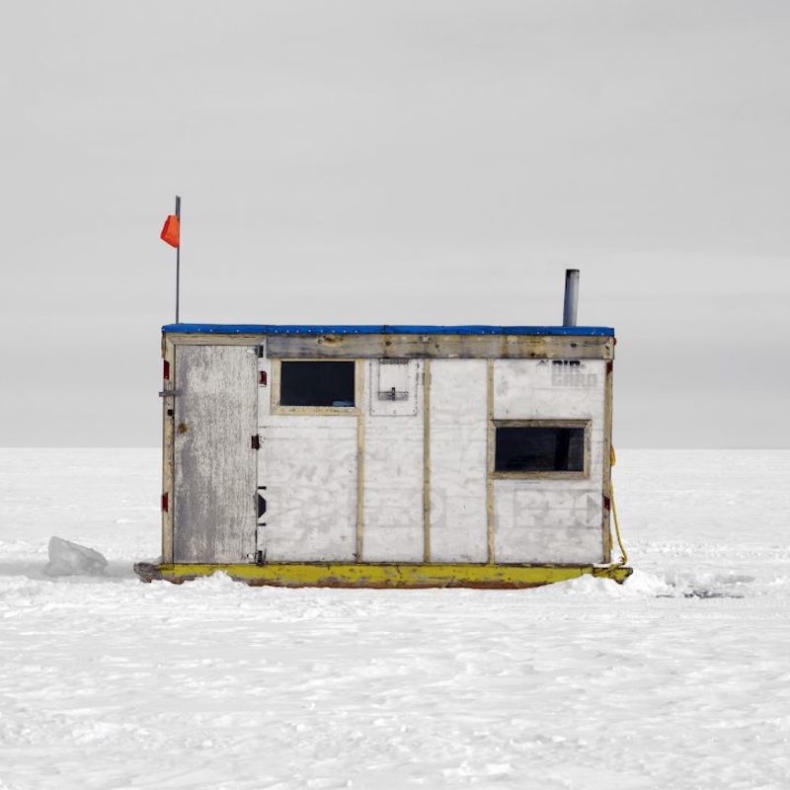
As with every challenge, mindset is important:
Instead of focusing on the discomfort… Notice the sensations, then move on. “I normally get caught up in thoughts of how miserable it is and how it’s going to get worse,” she says. “When I [acknowledge] that my hands and feet feel a little bit chilly, and I don’t add on a story to it, I notice that it makes it easier to tolerate.”
…As is being mindful and aware of any distress signals your body is sending…
- Are you sweating because you’re overheating? Be careful, since perspiration can swiftly chill you.
- Shivering and tired? That could be something more dire, like the onset of hypothermia. When the core body temperature starts to decline, people can become drowsy, confused and withdrawn.
For some perspective on the powerful effects of mindset and knowledge, scroll to 6:40 in this video and watch Kenton Whitman purposely fall through thin ice to demonstrate his self-rescue technique. First thing, he relaxes to mitigate cold shock response and unhurredly gets his bearings in preparation for climbing out, knowing that “it can take 30 minutes or more for most adults to become even mildly hypothermic in ice water.” Hypothermia takes a while.
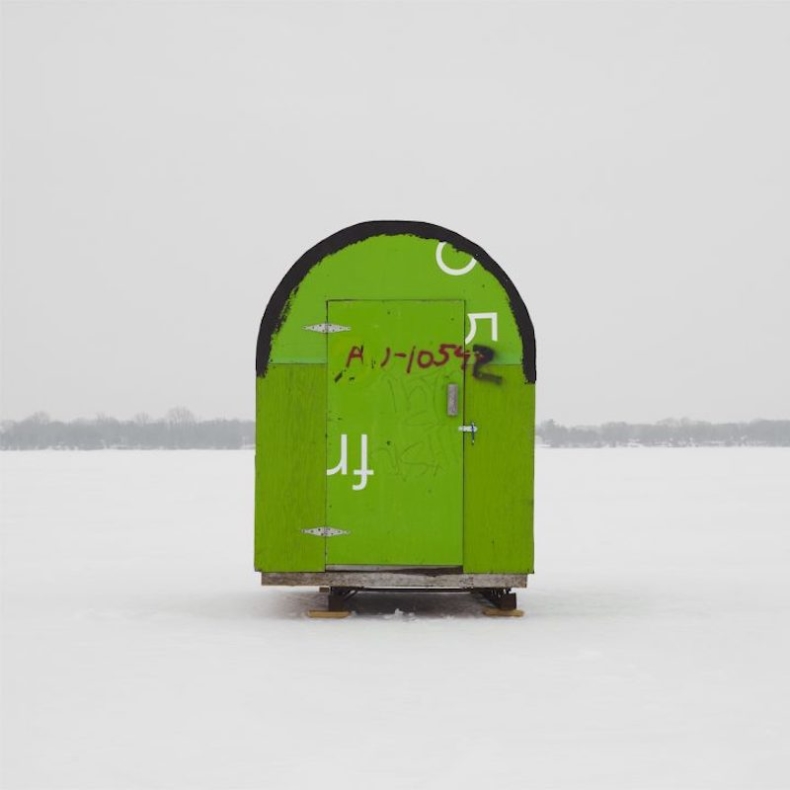
Video via Kottke.org: How to Self-Rescue If You Fall Through Thin Ice
Related Posts


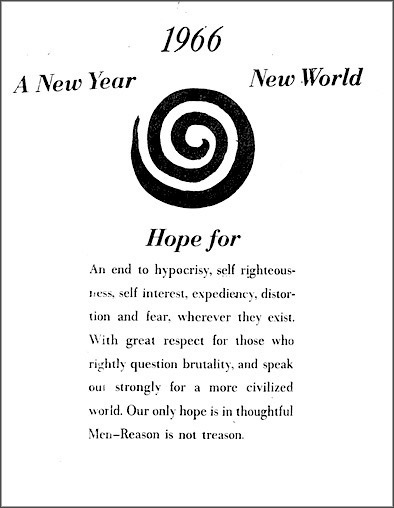


Sally, once again, your post speaks to me.
Growing up in northern Minnesota our winter entertainment involved the frozen lakes that surrounded us. Cross-country skiing, skating, snowmobiling and, of course, ice fishing. I spent many hours in an ice house with my Norwegian grandfather and/or father. The beautiful and innovative hand-made fish decoys involved in the sport are yet another vivid memory of noticing design as a young child. Improvisation is alive and well in that craft — the fishermen/women used scraps of wood and miscellaneous objects in their possession to create a believable decoy to lure the trout and walleye and bass that lurked below a few feet of frozen water. I’ve started collecting them now — at local flea markets, mostly — and giving them to my son who also loves to fish on those lakes. I wanted to suggest that you look at Scott Peterman’s photographs of ice huts (one of which I live with), as well as Catherine Opie, who mostly documents the communities that develop on the winter lakes. Her series of photographs were part of her solo show at the Guggenheim a few years ago.
Finally, on the same Minnesota lake where we have our summer cabin, there is a resourceful family that pulls their extra large ice house onto frozen ‘Lake Lida’ every January and February in order to offer bar service to the thirsty fishermen/women. Their specialty is a shot of vodka containing a live minnow. No sipping allowed. One gulp is required.
Such lovely memories…STILL being made. How lucky you are! Thanks so much for directing me to Peterman and Opie… Hmmm….have you experienced a vodka and minnow shooter?